Brainworx Bx Consoles E & G Review“With 72 subtly-different modelled channels reproducing the nuances of a large analog console, bx_console E as a mix tool is huge, powerful, and satisfying.”
Ask any experienced, old skool mix-engineer what his/her preference is, in regard to getting “that hit record sound”, and I expect that the answer will most nearly always be the same: “Use a studio-grade analogue recording chain.”. However, this is easier said than done. After all, how many bedroom producers and home studio enthusiasts have access to $150, 000(+) SSL, Harrison or Neve recording desks?
Great strides have been taken within the digital (and computer) domains to achieve some decent approximations of the hallowed large-desk-console sound. By my estimation, one of the first developers to really come up with something good was Waves; back in January of 2006. Mind you, the release price of Waves’ SSL 4000 Collection was steep --peaking the money meter at around $1200 USD! Ouch. There have been others whom have produced some pretty good-sounding plug-ins: Metric Halo, Solid State Logic themselves, Universal Audio, and a few others. However, very few “real” mix engineers, who were well acquainted with the genuine article, were ever highly convinced by said console emulations plug-ins. Then came Dirk Ulrich & the crew, from over at Brainworx, touting their new “Tolerance Modeling Technology” as (hopefully) the definitive solution to everyone’s console emulation quest. Superb “brain work” it certainly was indeed! Not only has Brainworx’s team of programming engineers painstakingly modeled each component in the respective SSL 4000 “E” & “G” series channel strips, they did so across 72 separate channels! The likes had never been done before. This is an exciting development, friends. Stick n’ stay --let’s find out just how good these hopeful accessories are. At full MSRP, bx_Console E and bx_Console G each requires a debit of $299 (USD) from a buyer’s bank account. I realize that $300 bucks is far from cheap, but bundling these high end plug-ins together with other Plugin Alliance dandies will result in goodly discounts. It’s important to note that each one has been on sale for $179 (USD) respectively. Of particular interest, if you buy one or the other of bx Consoles, you can get the alternate version for a low "crossgrade" price of only $99 (USD).
If you’re in the market for a very highly convincing “SSL 4000” emulation, you will want to seriously consider these bx Console offerings from Brainworx. Although it might be considered subtle at times, Brainworx’s “TMT” (Tolerance Modeling Technology) greatly contributes to a very authentic analogue console experience inside-the-box. In a nutshell, this is Brainworx’s means of reproducing the realistic nuances and subtleties of analogue crosstalk and delicate inter-channel bleed. In brief, each channel sounds ever-so-slightly different and unique.
The plug-ins are modest on both CPU consumption and also memory requirements. They’re attractively designed, and occupy a reasonable real estate space on contemporary screen resolutions. Each plug-in ticks all the anticipated boxes, plus a few that we wouldn’t normally expect to find. The extras being: variable THD saturation, continuously variable simulated analog noise, swappable compression circuitry, a mix/dry knob to facilitate parallel compression, and most notably, the ability to choose from among 72 different modelled channels –in theory providing an engineer with a total of 144 unique channel strip variations! To take the point further, not only are we blessed to have a couple of highly realistic SSL 4000 channel strip emulations --we practically have a whole mix-board of ‘em! Realistic SSL-style parametric equalizing is on deck with accompanying Hi/Low pass filters. Complete dynamics control is handled by accurately-modelled compression, expansion and gating. Colorful channel saturation is easily dialed in via the variable THD mini pot, and comprehensive metering for all pertinent processing is clearly visible. Each bx_Console plug-in covers a broad range of functionality in that a user is accorded two flavors (revisions) of EQ, a choice of gating or expansion, and two variations of dynamics’ characteristics –this, per device. For example, you are free to engage the smoother-sounding “G” series style of compression on the “E” channel strip. In turn, you can use the “E” series’ more aggressive compressor on the “G” channel strip. As I’ve just mentioned, each of these bx Console plug-ins host two variations of 4-band parametric EQ –each configuration yielding different curves. Bx Console E gives us the choice of (02 eq) “Brown”, which is an earlier (original) design from the late 70s, and 242 “Black”. The latter was often found in latter “E” series and earliest G series consoles. Bx Console G offers up both 292 “Pink” and Pultec-styled “Orange” EQs. Many engineers whom have worked with various SSL boards tend to appreciate each revision for different reasons. It seems that the general consensus is that SSL 4000 G “Pink” cap consoles exhibited a slightly less forward & aggressive sound –perhaps being a bit more “musical”. Conservatively, one could think of each of these console emulations as being a 2-in-1; allowing the pair of them to offer up no fewer than four distinct variations of coveted SSL 4000 goodness .
Installation:
Upon payment, a customer can immediately download the plug-in installer from within their user account area on the Plugin-Alliance web site. BX_Console E and BX_Console G installers each weigh in at 33 MB per 32 bit or x64 each. The Mac installers take up 76 MB apiece. Remember, please, that AAX, VST3 and standard VST formats are all included within each installer. Each plug-in may be fully demoed for a 14-day trial period.
** PLEASE NOTE: Activating PA plug-ins using a standard SD card is doable, but due to Windows OSes sometimes dynamically changing the hardware identifier codes of these kinds of memory devices, activation(s) may not remain permanent. I’ve been in contact with PA tech support about this issue, and I’ve been advised that using a USB flash drive (preferably connected directly, not into a USB hub) is the best practice. One last bit of important intel to know in advance, is that Sandisk brand memory sticks/SD cards ARE NOT supported.
Visual Design:
The essence of typical SSL 4000 console strips is well represented here. Visually-pleasing dark gray color tones prevent eye fatigue – plus, they look cool. Crisp, anti-aliased, white text labels contrasted against the darker hued background, allows your eyes to quickly focus on each component. The elements are clearly laid out and intelligently placed, creating a speedy, satisfying workflow. Comfortable spacing between the varied parts eliminates any sort of clunky or “kludged up” appearance.
Performance & Functionality:
Let’s start at the top
Undo/Redo buttons come in handy for those times when you’d like to return the state of the plug-ins’s controls to previous settings, as quickly as possible, without actually fiddling with knobs. Conversely, the opposite is also true – you can redo your plug-in’s disposition. Feel free to copy configurations from one of four ‘banks’ (A-B-C-D) to another with convenient copy/paste menu buttons.
It’s nifty that A-B-C-D preset states are also remembered when saving plug-in settings. Mind you, plug-in configuration can only be stored using your DAW’s preset manager since there isn’t one built-in to the Brainworx plug-ins themselves. I’d much prefer to have the added convenience of built-in preset management so that personalized presets can be easily transported between DAWs.
Dynamics processing needs are well addressed in the following dynamics sections. Herein we have both compression and gate/expansion modules.
Compressor: The compression options presented are uncomplicated and highly effective –many top-tier engineers finding them favorably comparable to physical SSL 4000 units.
Finishing off the compressor section with pizzazz and functionality are a couple of inconspicuous “set screws” – one for adjusting a second release and a side-chain Hi pass filter. The optional Secondary Release-Time control greatly inhibits the compressor from pumping on sensitive tracks; such as those used for delicate acoustic instrument passages.
Below the compressor we find a robust Gate/Expansion section, where expansion is the default mode of operation. Gate/Expander: Much like its compressor companion, the gate/expander’s layout is straight-forward and simple. Expansion configuration is accomplished with Range, Threshold and Release knobs –gate mode adds a handy-dandy Hysteresis control. Hysteresis, in a nut shell, is the Gate’s ability to set a dynamic Gate-closure threshold so as to prevent gating “chatter”. This feature is absolutely wonderful when engaged on quieter tracks, or used as a preventative measure against abrupt gate closure (especially noticeable on cymbal fades, for example). Gearslutz member, Charles Maynes, aptly said: “Hysterisis has to do with the smoothing of the amplitude correction- so the dynamics process doesn't sound erratic as it is responding to the input.”
Both the Gate and Expander boast a signal-silencing smack down range of 40 dB, but can be dialed back to subtle, miniscule amounts. It can even be effectively disabled at a setting of 0 dB. Release timings can be ridiculously fast, at a mere one millisecond, to a languishing 4 full seconds. Threshold values can be swept from -30 dB all the way up to +10 dB.
Another clever “add on” worth noting is the INVERSE switch. Popping the gate/expander into inversed mode lets the engineer listen to only the signal parts that have been attenuated; as opposed to hearing the processed (end result) signals. Lastly, a tidy row of three switches give you choices of engaging (or bypassing) the dynamics processing, swapping between “G” or “E” series compression circuitry, and activating side-chain KEYing .
EQ Here! Get Your EQ Flavour Here:
Don’t you just get tickled all to bits when a plug-in developer gives you lots of choice and flavours within a single plug-in? Well, I, for one, appreciate what Brainworx has implemented for us in both “Console E” and “Console G”. Each unit gives us the distinct sound and vibe of not only one SSL 4000 series channel strip, but two of them –per plug-in.
An interesting aspect of “G” channel’s “pink knob” setup is its ability to dramatically widen the upper mid band’s range, and/or reduce the lower mid band’s spectrum. This is realized by activating the ('X3') and ('/3') (multiplier – divider) circuitry via a pair of push switches. The ('X3') multiplier opens the upper mid gamut from (600 Hz - 7 kHz) to (1.8 kHz - 21 kHz). Conversely, the ('/3') switch knocks the lower mid field from (200 Hz - 2.5 kHz) down to (67 Hz - 833 Hz).
Along the bottom of the EQ region is yet another set of three switches: “EQ”, “SC” and “PRE”. These activate (or bypass) the EQ circuitry, assigns the EQ module to the side-chain dynamics signal, and places the EQ before the dynamics section, respectively.
TMT, Modelled Noise and Etcetera:
Up to this point you might be thinking that there really isn’t all that much difference between these Brainworx SSL 4000 console emulations and most of their competitors’ offerings –and you’d be correct. However, a very crucial difference between these lovelies, and their peers, is Brainworx’s unprecedented modeling technology; namely, Tolerance Modeling Technology (TMT). In brief, this is “Brainworx’s proprietary, patent-pending Tolerance Modeling Technology (TMT) to accurately replicate variations in the values of over 150 individual electronic components . . . ” So how does all this “TMT” stuff translate into everyday terms? Succinctly, it means that no two channels sound identical --as you would expect while working with a physical SSL mixing console. There are interesting, subtle variations in the phase, EQ curves and overall sound of each of the 72 modelled channels available. Go ahead - instantiate an instance of “bx Console E” or “bx Console G” on each track of your DAW project; then use the “Random Channel” function. You’ll never know what unexpected sonorous delights await you. No worries though; the processing will never be so dramatic that it hoses your mix. Alternately, you can manually click through the channels at your own discretion. If you’d prefer to use a more static approach, feel free to set the channel configuration to “Digital”. This will force stereo material to be processed by identical channels, for both the left and right stereo sides.
Sound Quality:
To be very honest, I’ve become a big fan of these bx console plug-ins. Up until these were released, I’d relied on one of the well-regarded, good ol’ faithful standards –namely, Waves SSL E-Channel. SSL E-Channel has been around since early 2006 and has stood up well over the years. Here’s the catch though – when compared to the excruciating, careful modeling undertaken by Brainworx - and given that Brainworx created a new bar with their stellar TMT technology - older channel-strip modeling just cannot keep up. As good as some of yesteryear’s “SSL 4000” emulation favorites are, they simply aren’t capable of replicating a truly authentic large format console experience like bx Consoles can. Generally speaking, EQ curve preferences are somewhat diverse among professional engineers. As such, some engineers fancy the more upfront or forward characteristics of the original Solid State Logic 4000 “E” consoles. The original “E” channels maintained constant Q width. Conversely, the latter “G” series boards made use of sharper filter slopes and integrated a variable proportional-bandwidth (‘Q’) design. In other words, the more you boost or cut, the more narrow the (‘Q’) becomes; thereby keeping the overall energy change relatively consistent. Bx Consoles faithfully reproduce these trademark sonic properties in spades. I’m very impressed with the sonic quality of the compressor modules built into bx Consoles. I’ve been able to use them rather aggressively where they simply refused to sound bad. Employing the “fast attack” option guarantees that even the most ugly dynamics spikes are deftly tamed. Having on-board parallel processing conveniently at hand, via the “mix” knob, makes most nearly any track phatten up and play well with its fellows. A whopping 60 dB of gating/expansion range lets you process whisper-quiet tracks –even those which barely exceed -60 dBFS. Hysteresis has become one of my new best friends - what, with how it practically eliminates gating “chatter” on sustained notes or ringing cymbals. Which one sounds better: “bx Console E” or “bx Console G”? Well, neither one, actually - they both sound GREAT! Yes, they each have a distinct sonic footprint, but thanks to the choice of having two faithfully replicated Solid State Logic EQ models per plug-in, you’re sure to “find your sound” easily and quickly. If I had to absolutely choose between the two, or if I had to decide which one I’d get the most mileage out of, I think I’d reach for the “E” . . . or no . . . I’d pick “G” . . . *Grin. On a more serious note, I encourage you to download the 14 day FULLY FUNCTIONING demos and give them a real work out. Personally, I totally dig the “E” on drums and rock guitars. On the other hand, “G” works nicely on acoustic instruments and most vocal tracks. That said, bx Console E in “Black” knob configuration sounds plenty smooth and sweet on vocal tracks too.
CPU & Memory Consumption:
Concluding Remarks:
Brainworx bx Consoles are fast becoming my all-time favorite console emulation plug-ins. I honestly wasn’t sure what to expect when I first received the official “bx Console E” press release.
It sure did “sound” good on paper, but we all know that hyperbole is not something that *real* engineers are swayed by. Remember I’d mentioned earlier that I tended towards Waves SSL E-Channel whenever I felt that a track would benefit from some classic “SSL 4000-ish” character? It is my honest findings that Brainworx have far jumped over the bar that Waves set more than a decade ago –by a substantial degree. In particular, Brainworx’s Tolerance Modeling Technology (TMT) dramatically influences one’s perception of large format console vibe inside-the-box.
When the plug-ins were first released, there was a fair amount of knee-jerk reaction to the MSRP of $299 apiece. The dismay is understandable, owing to average home producers being ardent hobbyists or semi-professional home recordists --concentrating solely on their own material. In other words, the cost of new gear and/or software is not billable to a roster of clientele. *Wink. Even so, dear reader, consider giving the bx Consoles a careful, deliberate trial run and decide for yourself. Plugin Alliance does offer healthy savings occasionly, and I’ve seen bx Consoles on sale for only $179 (each), making them much more accessible to the common home producer and small studio owner.
Stay In The Loop - Subscribe Today!Brother Charles is a freelance writer, Gospel music artist and minister. Charles had been a professional touring musician during the nineties; working primarily as a lead guitarist in the Canadian country music industry. Brother Charles is also involved with music production and quality home recording.
2 Comments
Jordan Whitley
12/9/2017 01:49:03 pm
I was so blown away by the original bx_console thatI immediately canceled my slate digital subscription and began investing in Plugin Alliance. Incomparable console sound realism. Worth every penny.
Reply
Brother Charles
12/9/2017 04:12:16 pm
Thanks very much for your comment, Jordan. The feedback is appreciated. :)
Reply
Your comment will be posted after it is approved.
Leave a Reply. |
NO SPAM! IK Multimedia Group Buy
FX Pick & Mix Group Buy - up to 16 for the price of 1
Will You Help?Web hosting is getting more and more expensive all the time, and Reviewer's Revival is NOT funded nor supported by any commercial enterprise or business. A donation of any amount is greatly appreciated. Even $2 or $3 for a coffee - every little bit helps. Thanks very much.
Legal BlurbAll of the articles published on Reviewer's Revival are undertaken to be purely objective, impartial reviews. Reviewer's Revival is not owned, funded-by, nor hired by any company or individual. Reviewer's Revival is the sole property of, and solely under the discretion and direction of Brother Charles. |

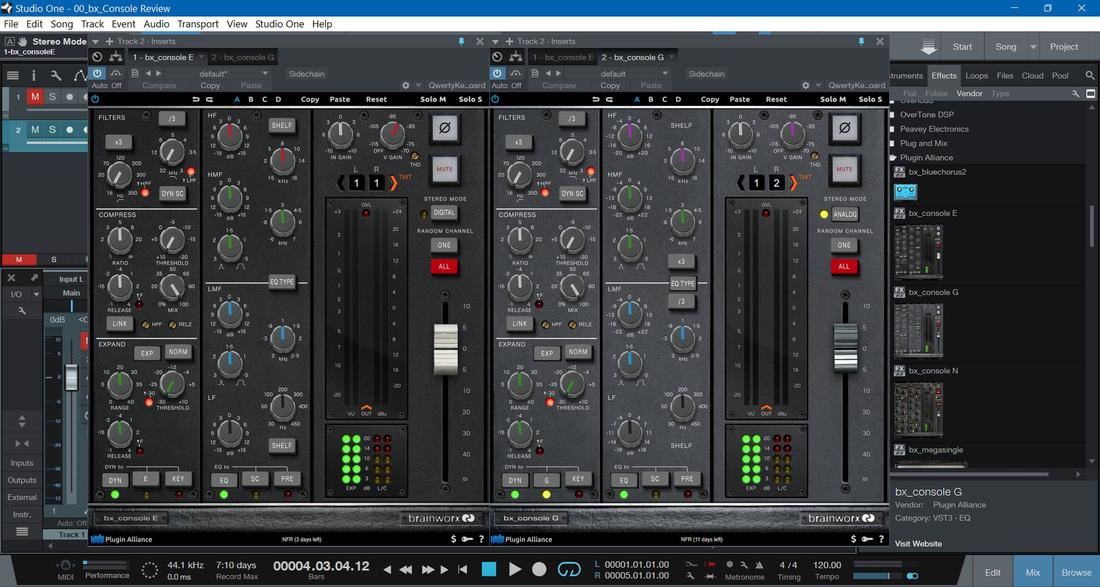
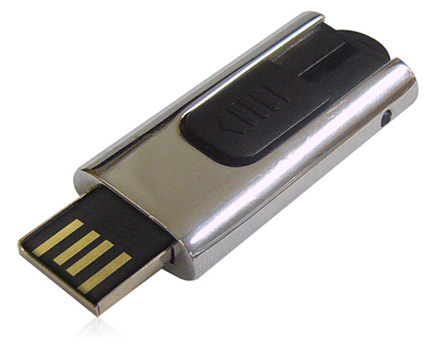
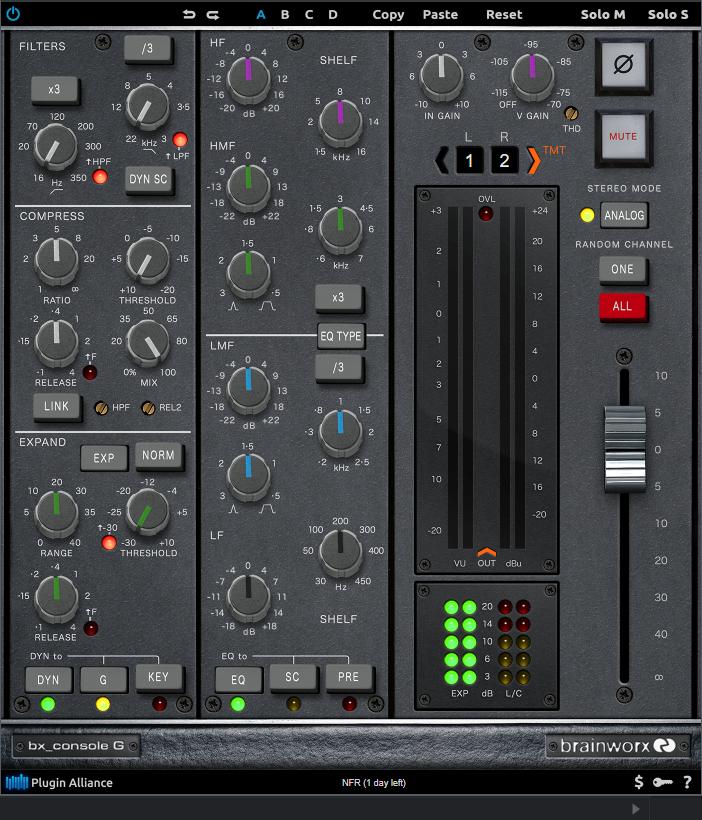

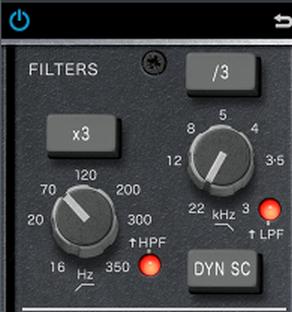
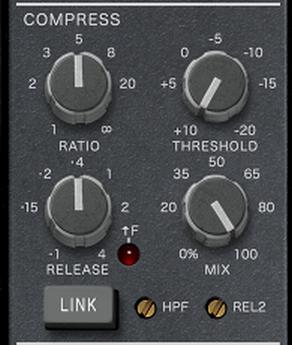

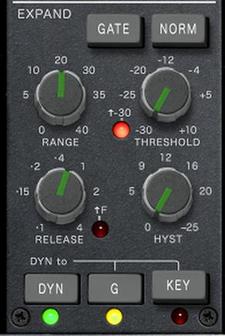
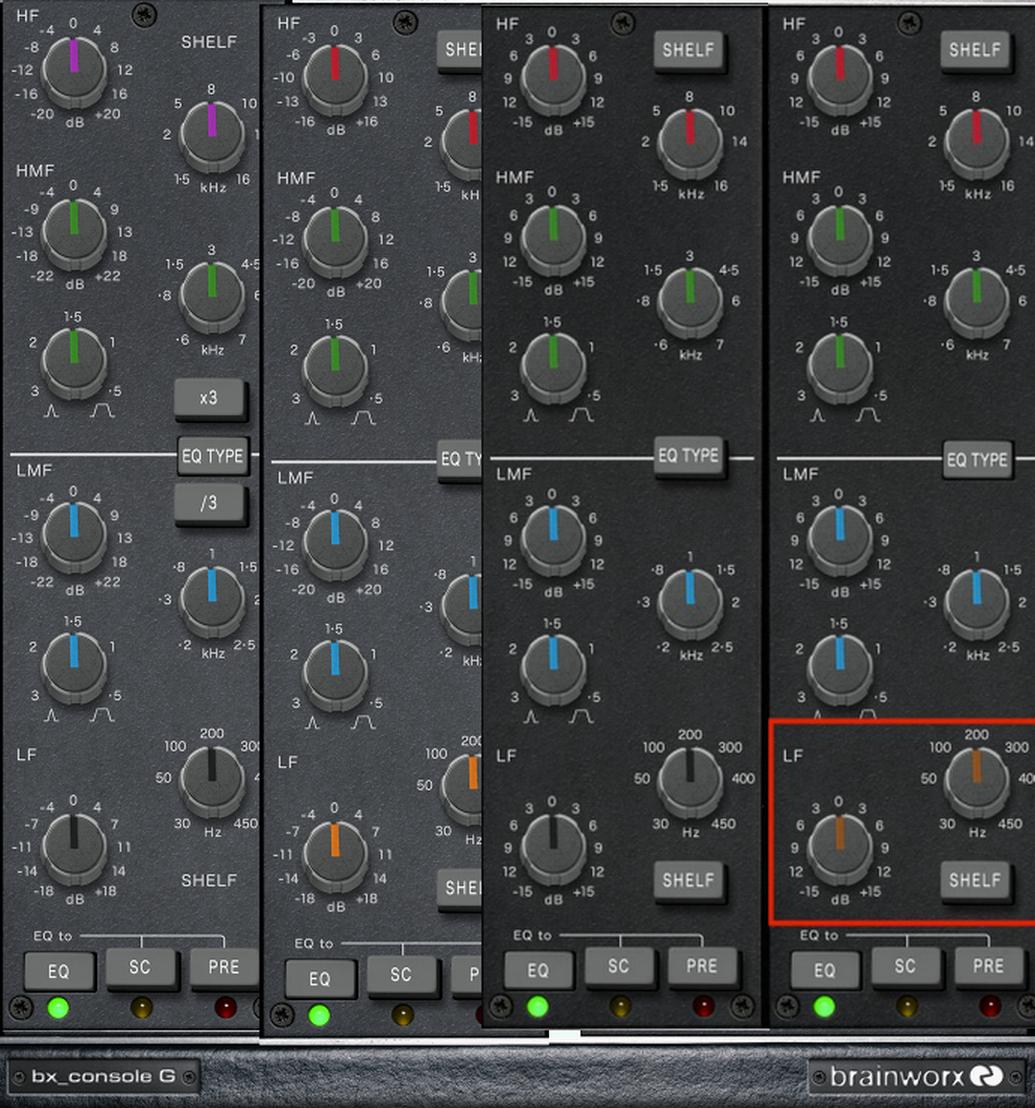

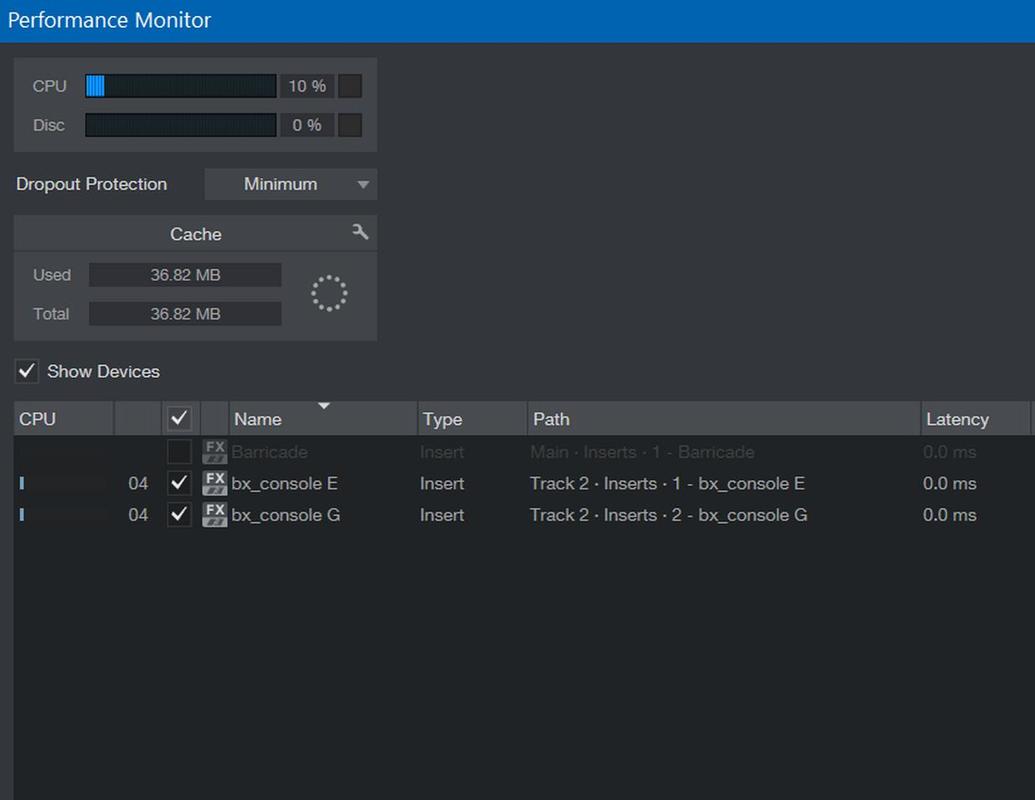




 15% OFF Summer Sale!
15% OFF Summer Sale!
 RSS Feed
RSS Feed

